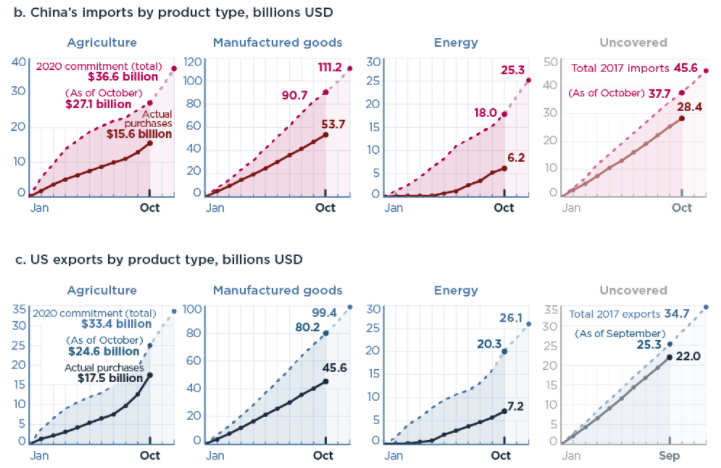The S&P 500 index closed lower on Wednesday as mounting U.S. layoffs in the wake of new mandated lockdowns to contain surging COVID-19 infections dampened investor risk appetite.
The market appeared to be replaying the previous two weeks, which began with rallies driven by promising vaccine news but pivoted back to stay-at-home plays on near-term pandemic realities and lack of new fiscal stimulus.
Still, the vaccine developments and removal of uncertainties surrounding the U.S. presidential election have driven Wall Street indexes to record closing highs, and put the S&P 500 on course for its best November ever.
Market participants believe U.S. stocks have more room to climb. A recent Reuters poll showed analysts believe the S&P 500 will gain 9% between now and the end of 2021. The index has surged about 66% since the coronavirus-led crash in March and is up about 12% so far this year.
The Dow Jones Industrial Average fell 173.77 points, or 0.58%, to 29,872.47; the S&P 500 lost 5.76 points, or 0.16%, to 3,629.65; and the Nasdaq Composite added 57.08 points, or 0.47%, at 12,094.40.
Of the 11 major sectors of the S&P 500 seven ended the session in the red, with energy suffering the largest percentage loss.
The economically sensitive banking sector lost ground, with the S&P 500 Banks index shedding 0.7%.


